We kindly inform you that, as long as the subject affiliation of our 300.000+ articles is in progress, you might get unsufficient or no results on your third level or second level search. In this case, please broaden your search criteria.
The history of Ottoman archaeology is yet to be written. The existing scholarship is lacking an exhaustive account on the subject and is in need of a critical outlook to the current discourse. There is ample literature taken into account by Turkish historians on the history of the Ottoman Imperial Museum (Müze-i Hümayun) with a particular focus on the period following Osman Hamdi Bey’s appointment as director of the museum in 1881. Turkish archaeologists, on the other hand, have remained remote to the early history of archaeology prior to the Republican era due to practical and ideological reasons. As a result, the field has been dominated by historians, whose approaches and areas of interest greatly differ from those of archaeologists. The concentration of historiographical interest on Osman Hamdi Bey and his role in the protection of antiquities lying in the Ottoman territory has overshadowed the merits and contributions of other pioneering figures in the field, most of whom with more in-depth knowledge and substantial technical expertise on archaeology. This paper aims to draw attention to the major issues prevalent in the Turkish historiography of Ottoman archaeology and calls for expanding the sources and areas of study in the field. Writing the disciplinary history of archaeology in Turkey is not an easy task; it requires language skills – the majority of the archival sources are in Ottoman Turkish, familiarity with historical methodology as well as a good understanding of archaeological method and theory. Thus, it is essential to engage archaeologists in the field and integrate different strands of evidence obtained from both literary and archaeological sources in order to produce an accurate narrative of the history of Ottoman archaeology.
More...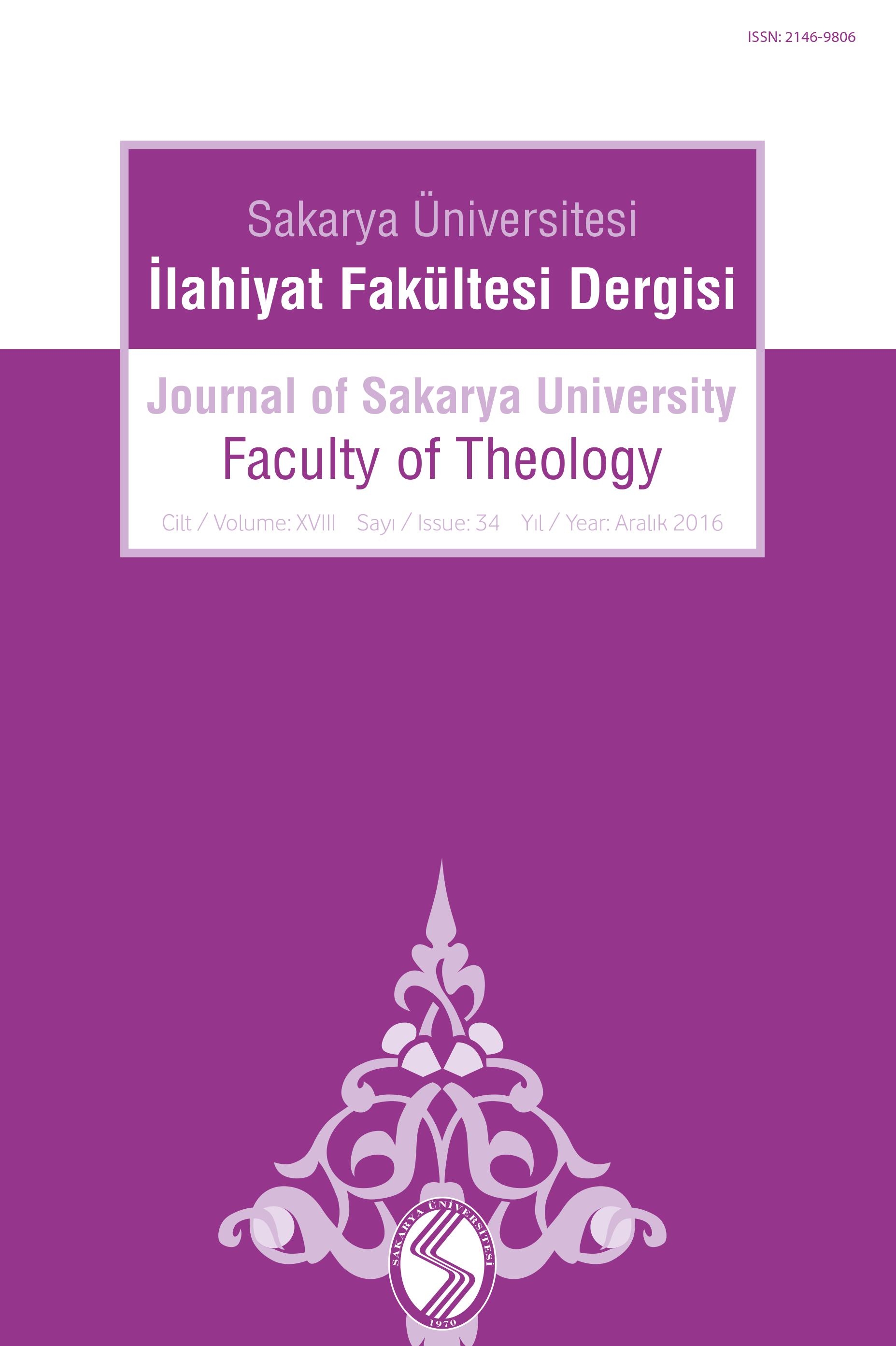
Some mistakes are seen in the studies regarding Ottoman legal history. In this work, we discussed some issues that we see as reasons for these mistakes such as omission of tradition of al-‘ilm(science), ignorance of the distinction of absolute legal reasoning-madhhabilegal reasoning, counting literature of Hanafi fiqh as uniform, degradation of fiqh into law, ignorance of the positive law, lack of studies on Ottoman ilmiyyah (the religious scholars class) system, absence of knowledge of historical background, the discourse of fanaticism of madhhab (school of law), ideological periodization and the rhetoric of decline.
More...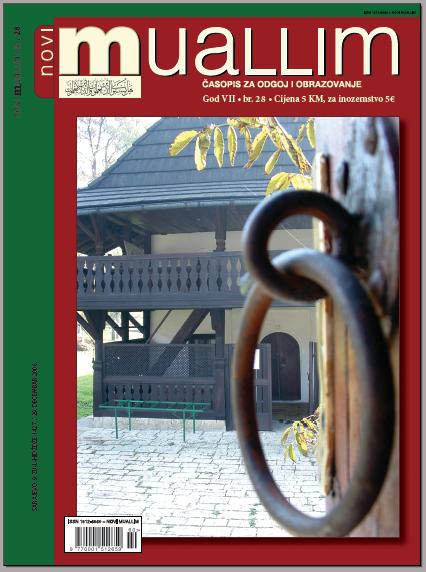
Mîzânu l-úaqq fî iþtiyâri laúaqq (Mjerilo Istine u izboru najistinitijeg) od autora HADŽDŽI HALÌFE ( ili KÂTIBA ÇELEBÌJA), završeno je u novembru 1656. godine u Istanbulu. Predstavlja sažet odgovor o zamršenim vjerskim problemima o kojima se raspravljalo tokom XVII stoljeća u Istanbulu i u Osmanskoj imperiji. HADŽDŽI HALÌFA (KÂTIB ÇELEBÌ) je živo pratio tu žučnim raspravama pocijepanu scenu i svojim djelom Mîzânu l-úaqq fî iþtiyâri l-aúaqq dao svoj doprinos razumnom i umjerenom prosuđivanju o pitanjima zbog kojih su fanatične grupe njegova vremena napadale tekije i džamije i međuse se ubijale.
More...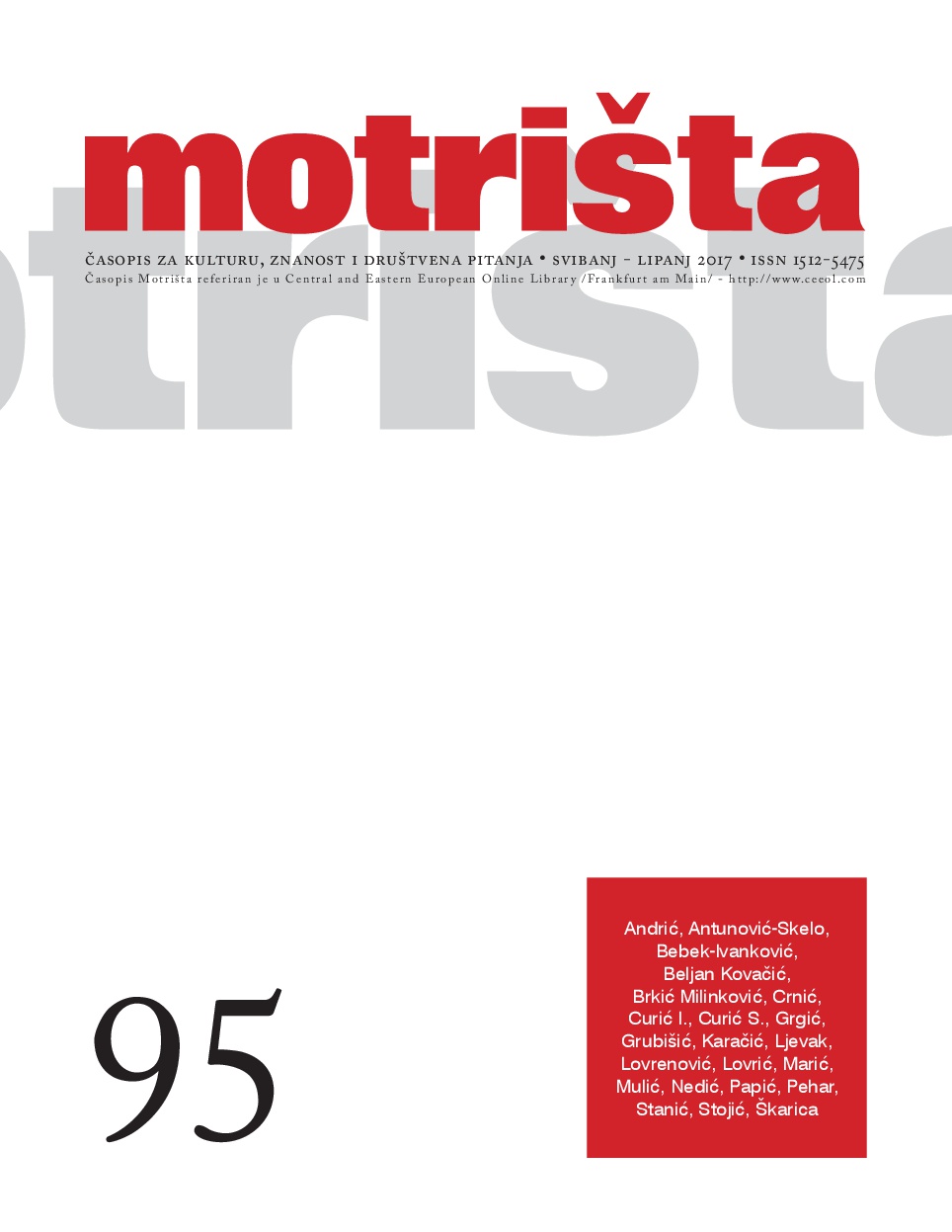
Mislilo se do sada da je o Ivi Andriću čaršija „znala“ sve: za hrvatsko-katoličku bio je nacionalni prebjeg i vjerski konvertit, posrbica i prodana duša, za građansku srpsku – fra Ivan-beg, politički suncokret koji je iznevjerio kralja i monarhiju, a za pun tanjur i miran život prihvatio Tita i komuniste; za bošnjačko-muslimansku – mrzitelj islama, Bosne i muslimana. Još koješta se nadodavalo. Neki su mudri hrvatski književni povjesničari pouzdano znali da je fratarsko kopile, bošnjački znalci su ih korigirali: ne, no je begovsko pa mu otuda genijalnost, a osim toga napisao je po naredbi Udbe roman Derviš i smrt, to kukavičje jaje koje je morao potpisati Meša Selimović da bi muslimani lakše progutali prijevaru (vidi: Lažni pisac Meša Selimović, na www.ivanlovrenovic.com). A u svim čaršijama jednako se „znalo“ i da je bio beskrupulozni erotoman, mizantrop, škrtac, itd.
More...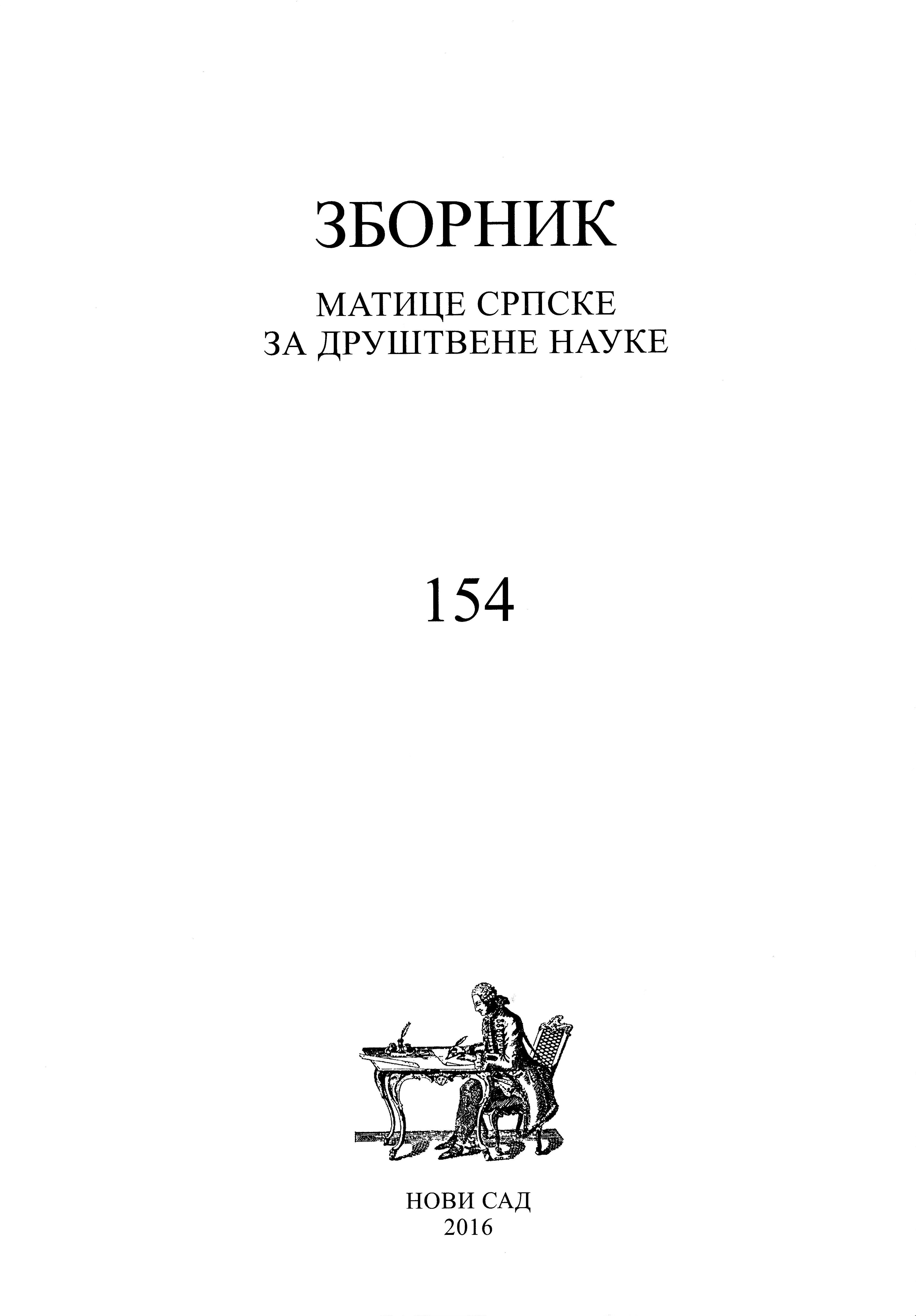
The institution of appellation represented one of the basic principles of the organization of the Ottoman Empire, as well as one of the principal institutions of the Islamic legal system. It was based on the concept of a just rule, or in other words, the principles of legal security and universal access to justice for all subjects of a state. The decentralization process in the Ottoman Empire during the transitional period (XVII–XVIII centuries) caused a change in the relations between center and periphery. That stirred an abrupt expansion of the institution of appellation through the şikâyet (or ahkâm) administration, especially after 1742. This paper attempts to analyze the process of expansion of the institution of appellation and its real role in the Ottoman legal system. On the other hand, the goal of the research is also to position it inside the framework of the provincial proto-political struggles.
More...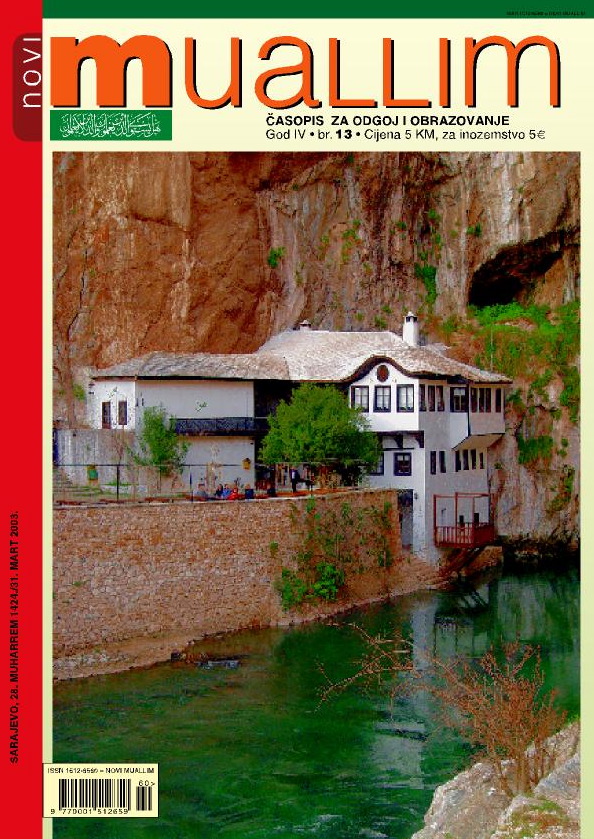
The founding of Daru-l-funun, the first University in the Ottoman state, was not exactly smooth or fast process. The role this University played was not limited to the Ottoman Empire since its influence was seen much farther like for example in Bosnia and Herzegovina. The lecturers at Daru-l-funun were some distinguished names. Some of those lecturers were from Bosnia and Herzegovina, such as Ali Fehmi Džabić. At the same time, many well-resc spected Bosnians have also attended this University. Some of them are Mehmed Džemaludin Čušević, Hidajet Kulenović and others. Daru-l-funun has shown to have the greatest influence in the field of education as well as in some other fields. Daru-l-funun is even today a topic of many researchers who still have a lot to say about it.
More...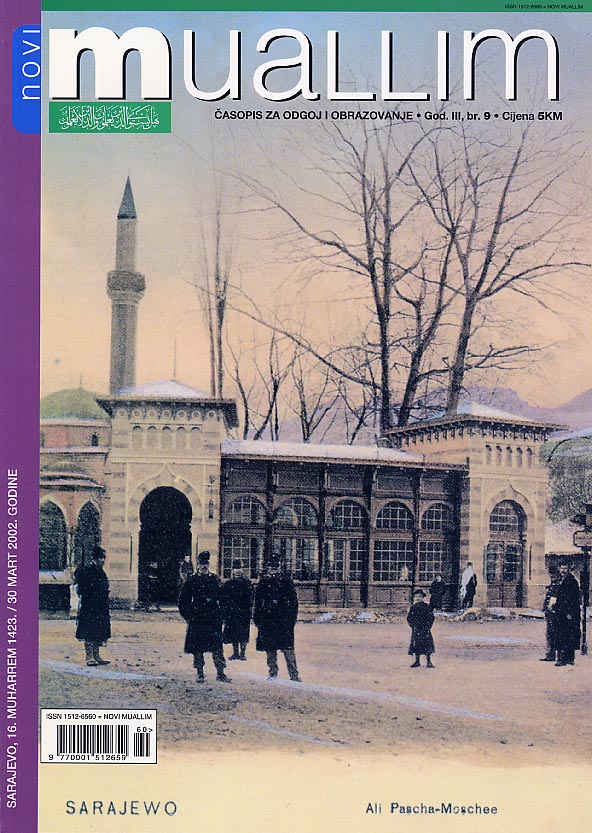
U Londonu je 1603. godine izdata The Generalle Historie of the Turkes, obimno djelo sa više od šest stotina listova. Bez dvojbe prva knjiga štampana u engleskoj sa temom o Turcima i evropskim nastojanjima da zaustave njihovo napredovanje bila je ujedno i prvi pokušaj sagledavanja opće historije.
More...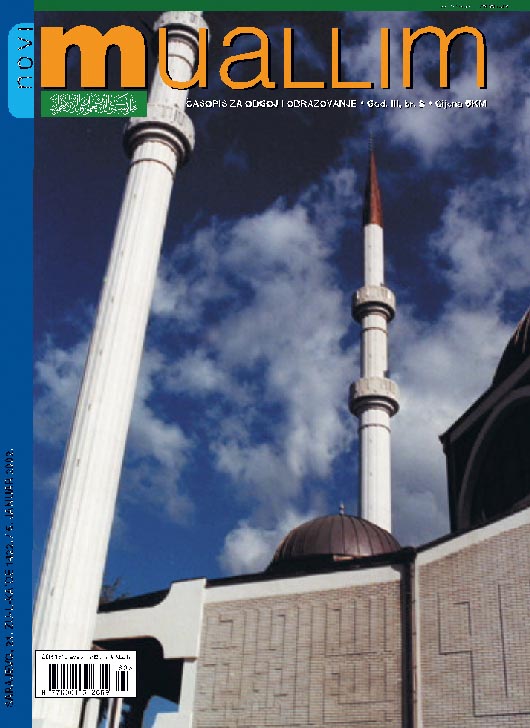
Without adequate use of definition of the terms in treating the Ottoman period of the Bosnian history, we cannot achieve their true perception. Definitely, the most present terminological problem is the anachronism of the adjectives turski (Turkish) and osmanski (Ottoman). While some authors have an innocent inclination towards such a fairly leisurely practice, others will give, through an exclusive use of the wrong term, a stamp of narrowly nationalistic state to an universal Ottoman state, a state of the Turks, Bosniacs, Albanians and others.
More...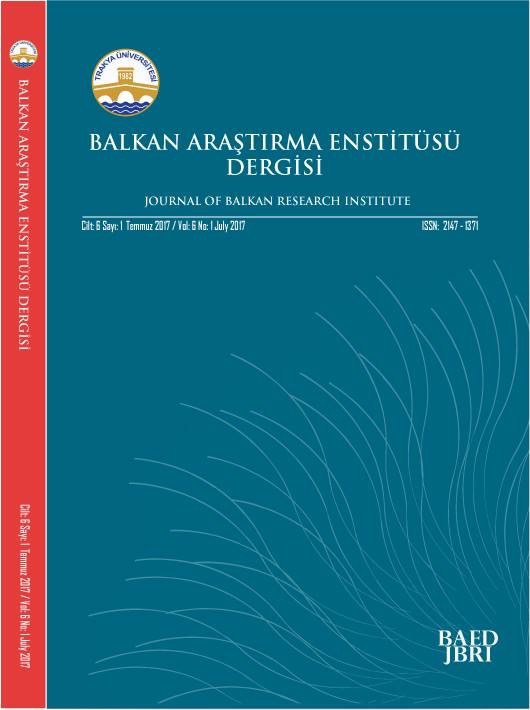
The subject of this article is to examine the prison staff and especially prison guards of the Edirne province by taking the Ottoman prison staff into consideration. The article attempts to emphasize the importance of the need of professional staff for a successful institutionalization in addition to required finance. To do this, it analyzes the Ottoman prison staff by taking the Edirne province as a case. In this respect, it argues that in order to establish a successful institution, making regulations pertaining to staff must be given priority in addition to supplying required finance.
More...
Although not equally treated, modern historiography offers several different theories about the origin of the Ottoman Empire. The most predominant is P. Wittek’s so-called ghazi-theory. It states that the Ottoman Empire established itself on the idea of Holy War (jihad) against Christians. This theory is still widely acknowledged, although historical critique showed that its basis is not in accordance with historical facts. The intent of this article is to summarize the development and problems of modern historiography regarding the origins of the Ottoman Empire, with special regard to the ghazi-theory. Having analyzed the most important scientific literature, it has been shown in this article that this theory is still the most predominant, and that the results of historical critique are not properly used. Although the question of the origin of the Ottoman Empire is still left open, modern historiography has detached itself from the theoretical approach and returned to the analyzing of historical sources.
More...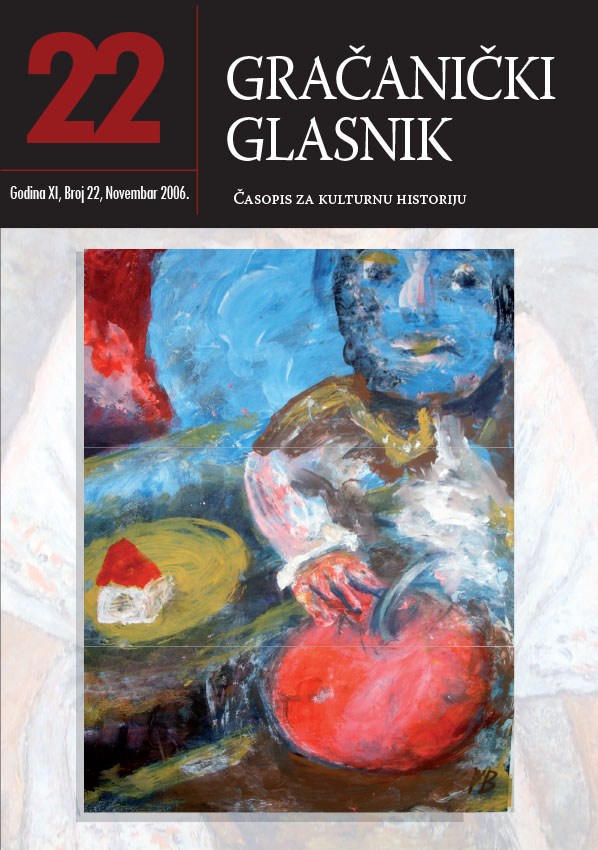
Odlomak iz rukopisa “Ajanske borbe u Mostaru do 1833. godine” koji je pronađen u biblioteci Sadika Šehića među knjigama i rukopisima njegovog rahm. oca Huseina. Koliko se zna, rad pod navedenim naslovom do sada je objavljen samo u jednom njemačkom časopisu u Minhenu pod naslovom “Die Kämpfe der Ajane in Mostar bis zum Jahre 1833.”, Südost-Forschungen, XXVIII, München, 1968., 123 – 181; zahvaljujemo gospodinu Sadiku Šehiću iz Gradačca, koji nam je omogućio da ovaj odlomak objavimo u izvornom obliku.
More...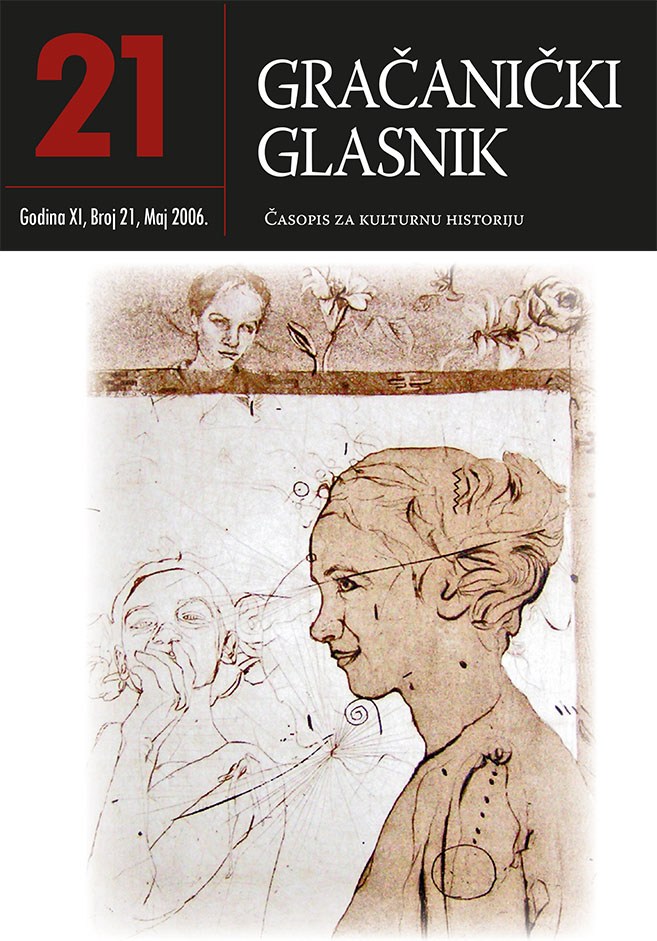
Još u starom vijeku ljudi su osjetili potrebu da mjere dnevno vrijeme. Babilonski sveštenici, koji su bili dobro upućeni u znanja iz oblasti astronomije, podijelili su dan na 12 sati, a svaki sat na 30 minuta1. Noću su mjerili vrijeme pomoću kretanja zvijezda. Izum Babilonaca je i sunčani sat koji je nastao oko 640. godine p.n.e. Nešto kasnije, pronađeni su i pješčani i vodeni satovi koji su se koristili i nakon pronalaska mehaničkog sata. Mehanički satovi se javljaju u Srednjem vijeku i to najprije na tornjevima. Od 11. vijeka grade se ure ili časovnici koji otkucavaju satove. Kasnije se javljaju i stoni satovi.
More...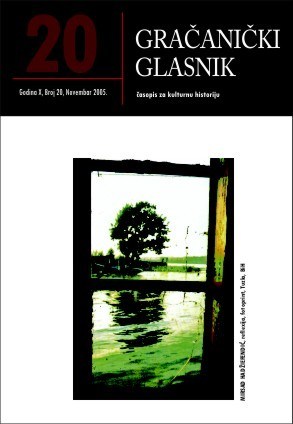
HAFIZ IBRAHIM ef. Mehinagić rođen je 11. 3. 1894. godine u Prnjavoru. Školovanje je započeo u Osman-kapetanovoj medresi u Gračanici, nastavio u Istanbulu, a dovršio u Sarajevu, gdje je 1918/19. godine diplomirao na Šerijatskoj sudačkoj školi. Službovao je u Zvorniku, Tuzli i Gračanici. Umro je 30. 7. 1976. godine u Gračanici. Biblioteku Ibrahim-efendije počeo je stvarati još ranije njegov otac Arif Hikmet ef. Jedan dio rukopisa i dokumenata iz te biblioteke danas se nalazi u raznim institucijama, kao što je Orijentalni institut (Sarajevo), Narodna i univerzitetska biblioteka (Sarajevo), Filozofski fakultet (Sarajevo), Arhiv grada Sarajeva, Hrvatska akademija znanosti i umjetnosti (Zagreb).
More...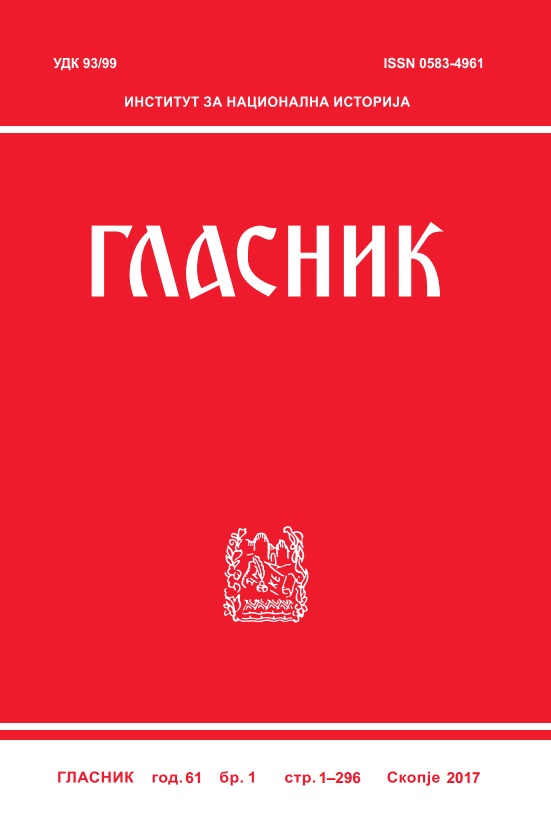
The two studies by Stojan Novakovic that are analysed in this article refer to Skopje, but they also cover some aspects of the socio-political life in Ottoman Macedonia. The first study titled: “From Morava to Vardar” (S Morave na Vardar) was written by Novakovic in 1886, while the second one titled “Two Days in Skopje (Dva dana u Skoplje) in 1905. The need of a comparative analysis of these two studies emerges on its own if one take into consideration that they treat the same topic, but in time difference of almost two decades from the time they were written and published. The first study carries features of a geographical-anthropological essay, while in the second one the author’s historical-political discourse on Skopje (and further on the Ottoman Macedonia) dominates.
More...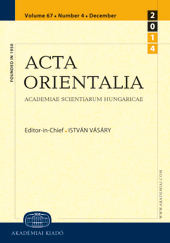
The siege of Nándorfehérvár/Belgrade, the key stronghold of the southern defence system of mediaeval Hungary, was not an “ordinary” battle between the Ottomans and Hungarians; rather, it was a decisive clash which essentially influenced the subsequent history of Europe and Islam. As such, it can be seen as a symbolic point of contact and impact of three “civilisations”: the Ottoman/Islamic, the Byzantine (which by then had been largely incorporated into the former) and the Latin common-wealths. The importance of the Ottoman threat notwithstanding, only the remains of the Latin respublica christiana attempted to halt the conquerors’ intent of devouring the entire respublica . By their victory, the defenders rendered enormous service to the entire Latin world by allowing it to pursue its history by its own inner logic rather than by the logic of compulsions and threats such as those that governed Hungary.
More...
The Ottoman state wanted to regain the territories of Belgrade, Temesvár, the western part of Wallachia and possibly Transylvania, lost as a consequence of the peace-treaty of Passarowitz in 1718. The realisation of this aim seemed feasible when Sultan Mahmud I was at war with the Russian and Habsburg empires in the late 1730s. The Ottomans recognised that they needed the co-operation of Hungarians and a legitimate pretender or at least somebody who could be used in the political game of chess. This role was assigned to József Rákóczi, son of the last prince of Transylvania, Ferenc II Rákóczi, with whom they concluded an agreement on January 20, 1738. Rákóczi made serious efforts to gain the diplomatic support of the European states. His attempt to return to Hungary failed and he died of plague on November 10, 1738.
More...
Scorched-earth tactics are as old as warfare itself. Throughout Europe military commanders of the Early Modern Age used them, as the Persians did against the attacking Ottomans. Accordingly, along with his fellow-generals, Lazarus Freiherr von Schwendi, one of the best-known German military theorists and commanders of the 16th century, repeatedly urged that scorched-earth tactics be introduced in the Habsburg Monarchy’s Hungarian theatre of war against the Ottomans, and that territories lost after the fall of Buda in 1541 be laid waste. Despite this, the systematic and widespread use of these tactics was rather rare in the areas of Hungary in which the Habsburg Monarchy and the Ottoman Empire faced each other during the 16th and 17th centuries. When they were chosen, they were employed only to a limited extent. While most of the pay of the soldiers serving in the border-defence system protecting Central Europe was provided by the Austrian, Bohemian and German provinces of the Habsburg Monarchy, a significant proportion of their food came from regions of Hungary that were under Ottoman sway. At the same time, these regions were not just a source of foodstuffs for those serving in the chain of fortresses built against the Ottomans, but also an area which offered economic opportunities to broad social strata in the Kingdom of Hungary (nobles, border-fortress soldiers and market town peasants), primarily in the spheres of cattle-breeding and trade. As a result of all this, the systematic laying waste of these territories conflicted with the fundamental interests of Hungarian society and Estates. The serious political conflicts that would have accompanied the use of scorched-earth tactics (whose consequences would in any event have been uncertain) were never invited by the Habsburg military and political leadership.
More...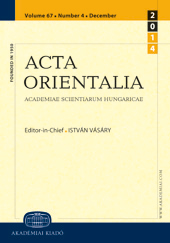
This short survey intends to be a certain kind of introduction to the studies published in this issue of Acta Orientalia . It was the present author who, in the late 1990s, raised the idea to publish a book which would tackle the problems of Hungarian trade in the age of Ottoman conquest (16th–17th centuries) in a comprehensive way. He asked the most renowned Hungarian specialists of the field to dwell on various aspects of the topic. Unfortunately, the project could not be accomplished in its entirety for a variety of reasons. Some colleagues, owing to pressure of other engagements, could not complete their studies, while others, like Ferenc Szakály, suddenly passed away. Particularly his death proved to be fatal, because it was him who undertook to write the most comprehensive contribution to our would-be book on trade and traders in Ottoman and Habsburg Hungary (including to a certain extent Transylvania too). Finally, those who prepared their studies decided to publish the collected material, benefiting from the kind offer by the editor-in-chief of Acta Orientalia . The texts were edited by the present author who in this article tried to outline what should have been written by Szakály in greater detail. He focuses on the fate of the Hungarian traders and, in line with Szakály’s results, he concludes that, while the 16th century, owing to the rapidly expanding transit trade, saw the emergence of a peasant-burgher middle class, the worsening circumstances in the following century led to its eventual fall. The causes of this fall are highlighted in much greater detail in the studies by Zsigmond Pál Pach (who also died in the meantime) and Lajos Gecsényi. From their contributions it becomes evident that in the long run the Ottoman conquest dealt a tremendous blow not only to the political, but also to the economic life of Hungary, inasmuch as the shifting of the international trade routes, the rise of rival commercial groups and the disadvantageous imperial policies gradually crowded out the Hungarians from their previous positions. The thorough study by Antal Molnár, dedicated to the activities in Hungary of two of these rival groups, the Ragusans and the Bosnian Franciscans, emphasises the interdependence between commercial and religious life of the Christians living in Ottoman Hungary and the Northern Balkans as well as the vital role the merchants played in shaping their “national”-religious communities. János Buza explores an important but neglected aspect of monetary history: how the great powers’ struggle for supremacy in Central Europe reflected itself in monetary politics. He points out that the Habsburg, Ottoman and Venetian governments supported the primacy of their respective currencies by setting their rates of exchange higher than those of their rivals.The above-mentioned project has been implemented by the generous support of OTKA, the biggest scientific research foundation of Hungary (No. T. 018025).
More...